All the limits of the Rt. Dossier index
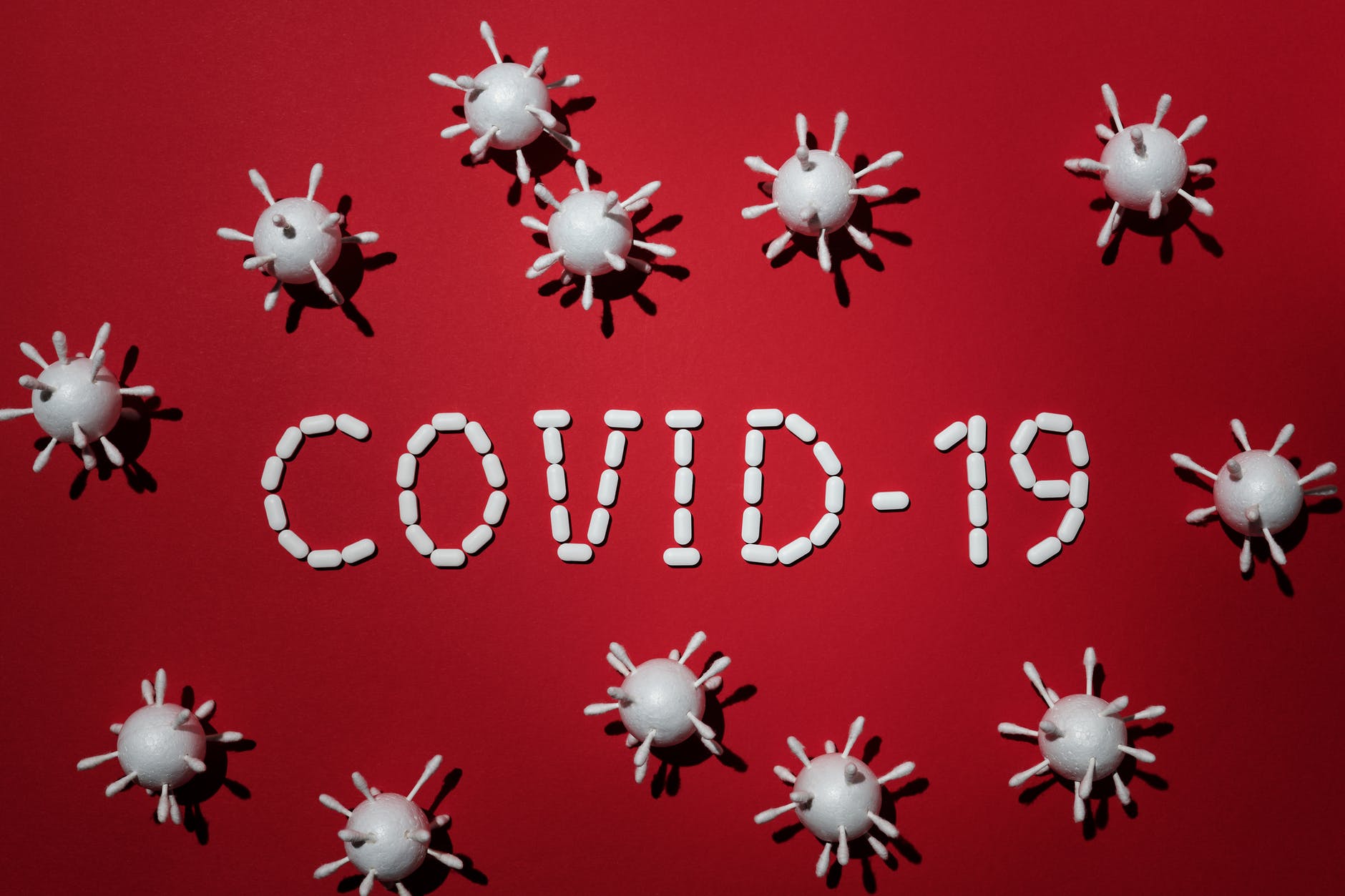
The value of Rt is inappropriate for informing quick decisions because, in addition to being estimated on the infections of 2-3 weeks ago, it has numerous limitations. Here are which ones. The analysis of the Gimbe foundation chaired by Nino Cartabellotta
"The attribution of colors to the Regions is carried out using two main parameters: the scenario identified by the values of the Rt index and the classification of the risk through the 21 indicators of the Ministerial Decree of April 30, 2020. However, the Rt value is inappropriate to inform decisions rapid because, in addition to being estimated on the infections of 2-3 weeks ago, it has numerous limitations ».
This is what the president of the Gimbe foundation, Nino Cartabellotta underlined, on the basis of the latest monitoring of the Coronavirus epidemic.
What's wrong with the Rt index? Here is Cartabellotta's analysis.
In particular, Rt:
- it is estimated only on symptomatic cases, about 1/3 of total cases
- is based on the symptom start date that many regions do not report for 100% of the cases, resulting in an underestimation of the index
- it is strictly dependent on the quality and timeliness of the data sent by the Regions
- when there are few cases, it risks overestimating the spread of the infection
"In this phase of dramatic growth in infections, rapid saturation of hospitals and a surge in deaths – concludes Cartabellotta – the monitoring system that informs political decisions according to the Dpcm of November 3, 2020 is not an adequate decision-making tool. It is technically complex, subject to numerous institutional “passages”, it is affected by various regulatory stratifications, it attributes a preponderant role to the Rt index which has numerous limitations and, above all, it photographs a picture relating to 2-3 weeks earlier. That is, using the rear-view mirror, instead of “binoculars, slows down the timeliness and extent of the measures to contain the epidemic curve. Without an immediate change of course on the evaluation criteria and the corresponding restrictions, only a total lockdown will be able to avoid the definitive collapse of hospitals and excess mortality, even in non -Covid-19 patients ".
+++
HERE'S THE INTEGRAL PRESS RELEASE OF THE GIMBE FOUNDATION
The independent monitoring of the Gimbe Foundation confirms in the week 4-10 November, compared to the previous one, the increase in the trend of new cases (235,634 vs 195,051), both for the slight increase in the cases tested (872.026 vs 817.717), and for the increase in the positive / case ratio (27% vs 23.9%) (figure 1). Currently positive cases grow by 41.1% (590,110 vs 418,142) and, on the hospital front, there is a further increase in patients hospitalized with symptoms (28,633 vs 21,114) and in intensive care (2,971 vs 2,225); deaths increased by 70% (2,918 vs 1,712) (figure 2). In detail, compared to the previous week, the following changes were recorded:
- Deaths: 2,918 (+ 70.4%)
- Intensive care: +746 (+ 33.5%)
- Hospitalized with symptoms: +7,519 (+ 35.6%)
- New cases: 235,634 (+ 31%)
- Currently positive cases: +171.968 (+ 41.1%)
- Cases tested +54,309 (+ 6.6%)
- Total buffers: +121.410 (+ 9.1%)
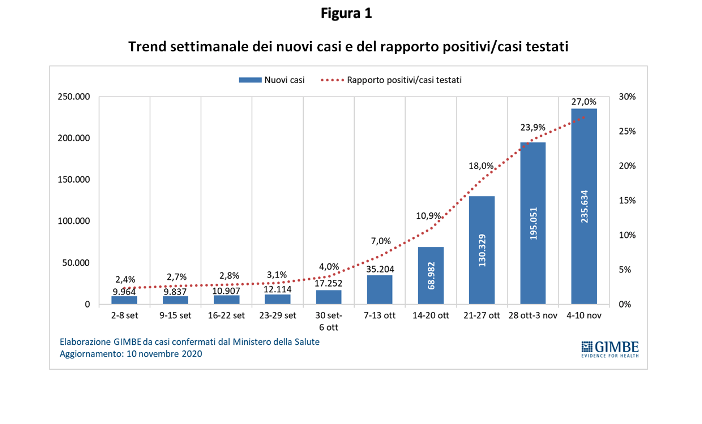
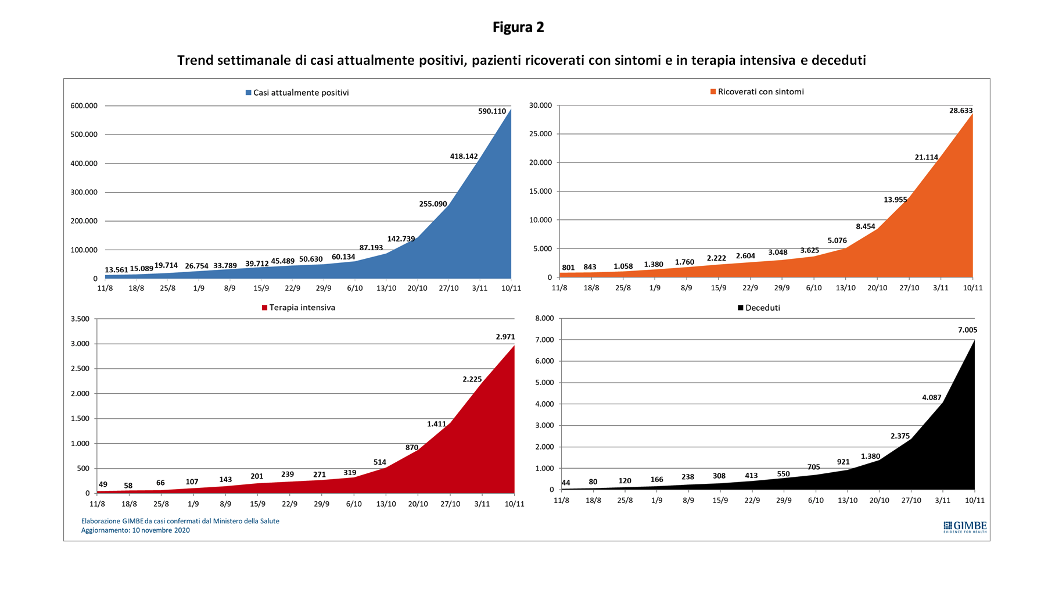
"In the last week – says Nino Cartabellotta, President of the Gimbe Foundation – the increase of over 40% of currently positive cases is confirmed, which is reflected in the number of patients hospitalized with symptoms and in intensive care, with hospitals ever closer to saturation, as well as on the number of deaths, which in the last week exceeded 2,900 ”.
Compared to the previous week, in almost all the Regions there is a slight slowdown in the percentage increase in cases which could depend both on the effect of the containment measures introduced at the end of October, and on the saturation of testing capacity, given that the currently positive cases they continue to increase everywhere. Hospital occupancy rates are of particular concern: in 11 Regions the saturation threshold of 40% of beds in the medical area has been exceeded and in 11 Regions that of 30% for intensive care (table).
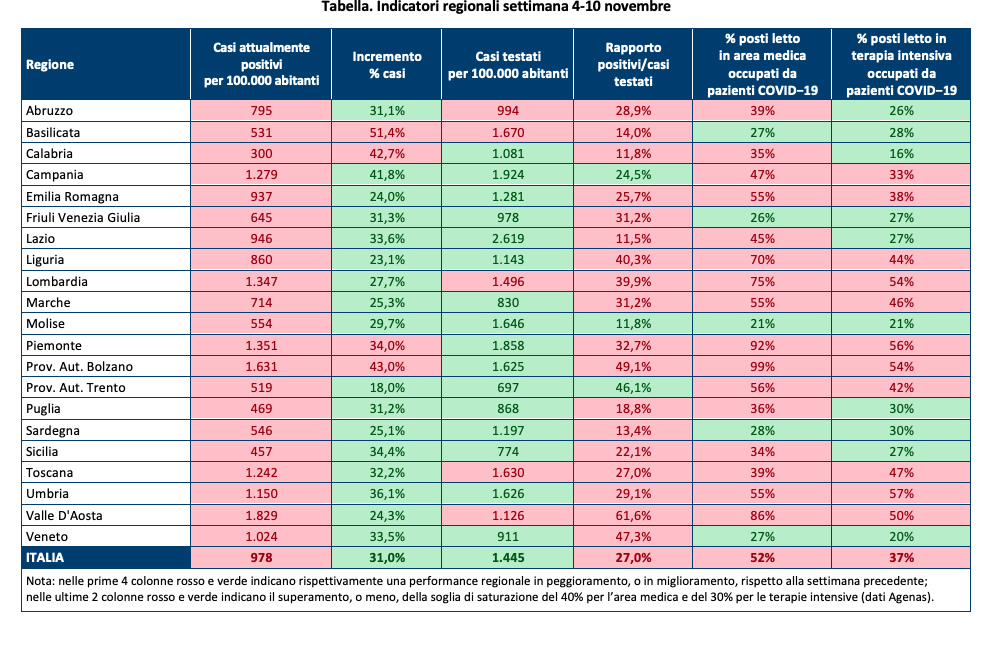
Another critical data on the management and evolution of the epidemic is the number of health workers infected since “in the last 30 days – explains the President – 19,217 infections have occurred, compared to 1,650 in the previous 30 days. In addition to the risk of hospital outbreaks, in Rsa and in protected environments, the impact on health personnel, already in staff shortages as well as experienced by the first wave, is of concern "(figure 3).
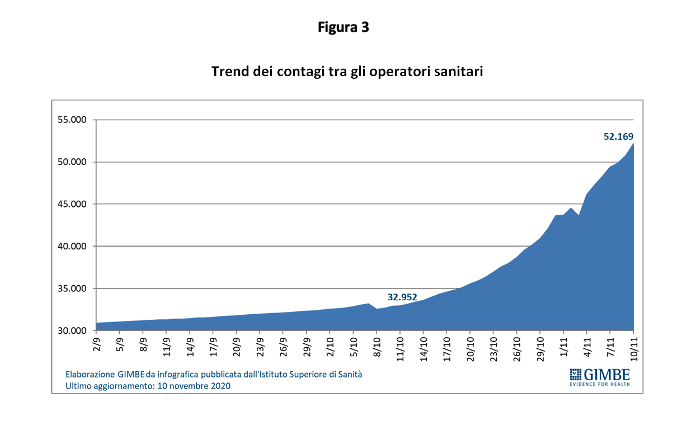
The Gimbe monitoring of the second wave was the subject of a hearing at the XII Social Affairs Commission of the Chamber on 10 November, where the President first of all reiterated the need to make all data available in an open, detailed and interoperable format, recalling the #datiBeneComune campaign . Then he pointed out the technical criticalities of the current pandemic monitoring system that informs the Government's choices: from the limited timeliness – due to the time of consolidation of data and the growing notification delays by the Regions – which favors the virus run, to the quality and completeness of regional data, from the technical complexity to the excessive weight attributed to the Rt index.
"The attribution of colors to the Regions – explained Cartabellotta – is carried out using two main parameters: the scenario identified by the values of the Rt index and the classification of the risk through the 21 indicators of the Ministerial Decree of April 30, 2020. However, the value of Rt it is inappropriate to inform quick decisions because, in addition to being estimated on the infections of 2-3 weeks ago, it has numerous limitations ». In particular, Rt:
- it is estimated only on symptomatic cases, about 1/3 of total cases
- is based on the symptom start date that many regions do not report for 100% of the cases, resulting in an underestimation of the index
- it is strictly dependent on the quality and timeliness of the data sent by the Regions
- when there are few cases, it risks overestimating the spread of the infection
"In this phase of dramatic growth in infections, rapid saturation of hospitals and a surge in deaths – concludes Cartabellotta – the monitoring system that informs political decisions according to the Dpcm of November 3, 2020 is not an adequate decision-making tool. It is technically complex, subject to numerous institutional “passages”, it is affected by various regulatory stratifications, it attributes a preponderant role to the Rt index which has numerous limitations and, above all, it photographs a picture relating to 2-3 weeks earlier. That is, using the rear-view mirror, instead of “binoculars, slows down the timeliness and extent of the measures to contain the epidemic curve. Without an immediate change of course on the evaluation criteria and the corresponding restrictions, only a total lockdown will be able to avoid the definitive collapse of hospitals and excess mortality, even in non-Covid-19 patients ".
This is a machine translation from Italian language of a post published on Start Magazine at the URL https://www.startmag.it/sanita/ecco-tutti-i-limiti-dellindice-rt/ on Thu, 12 Nov 2020 15:10:26 +0000.
